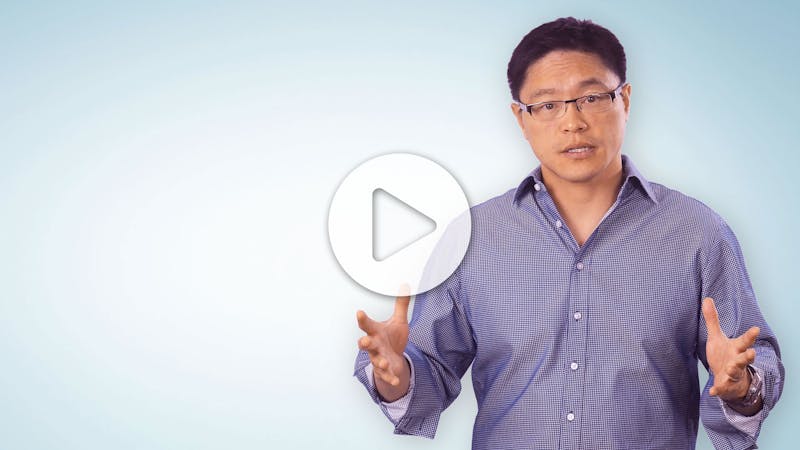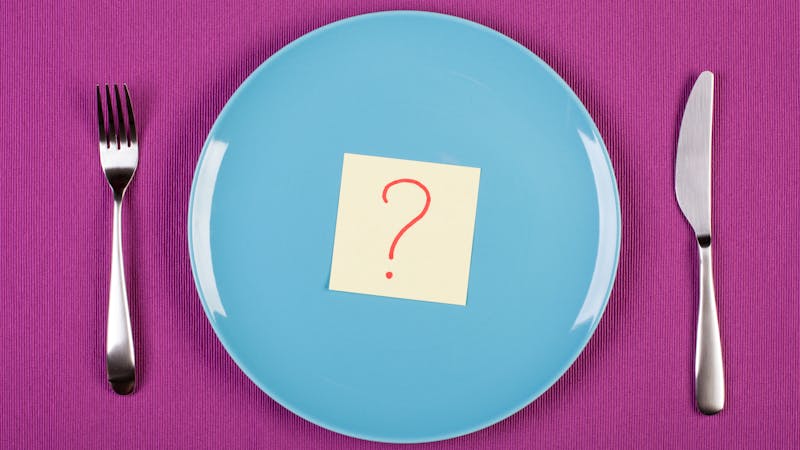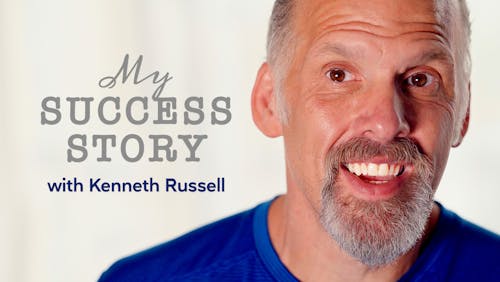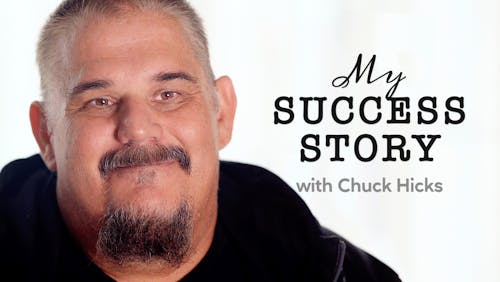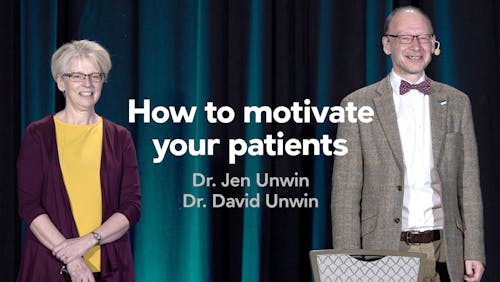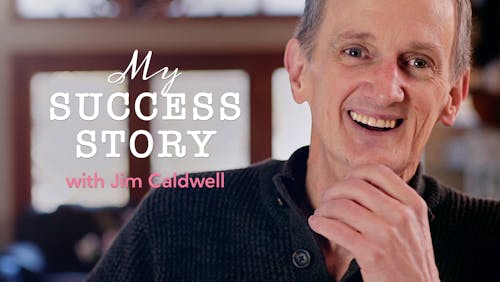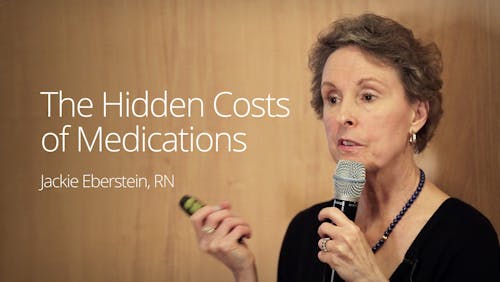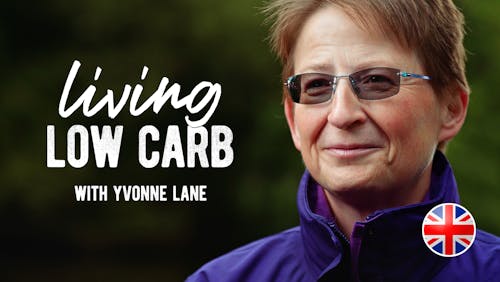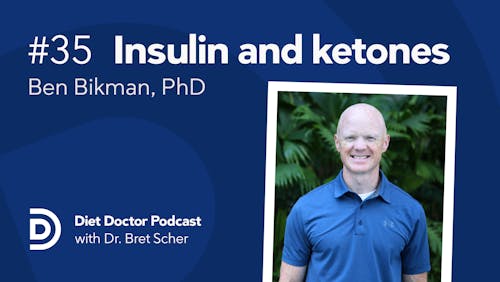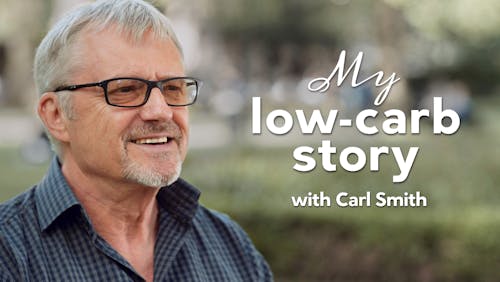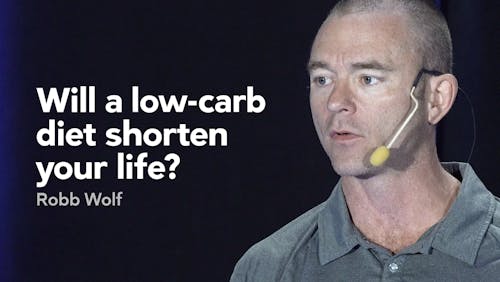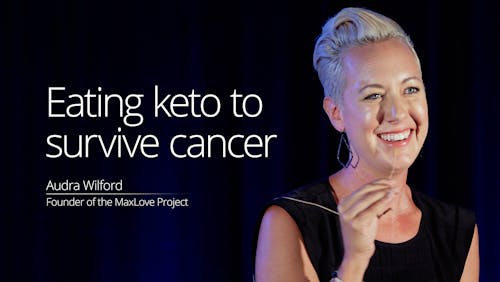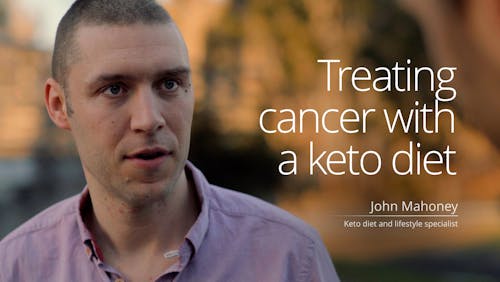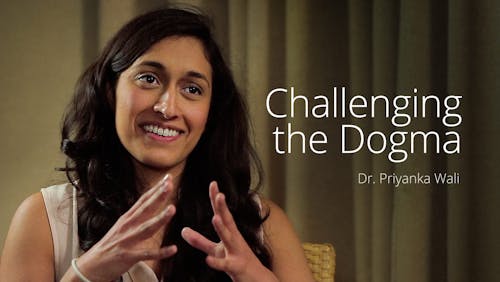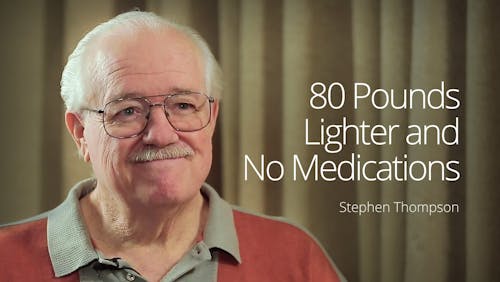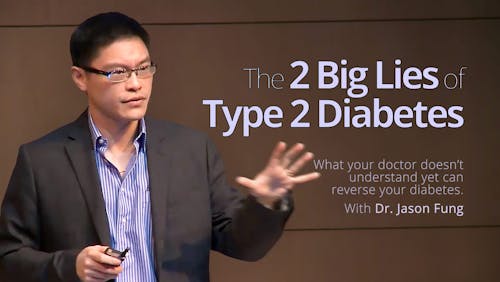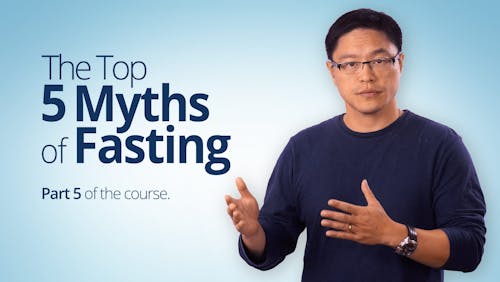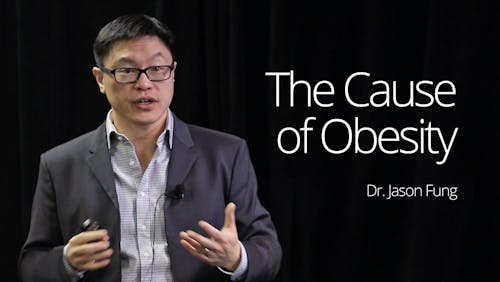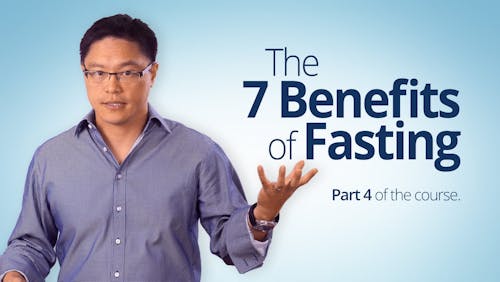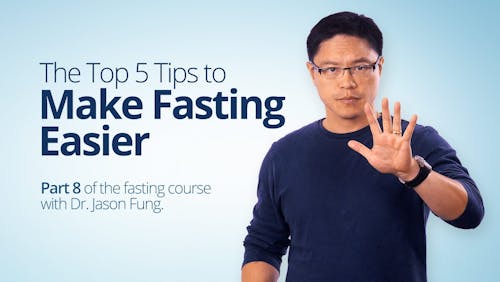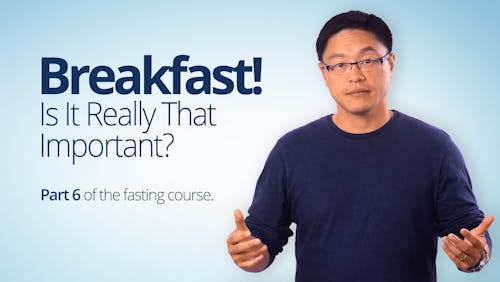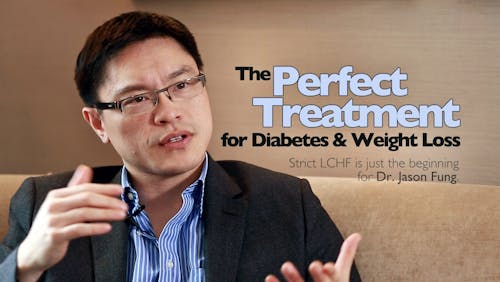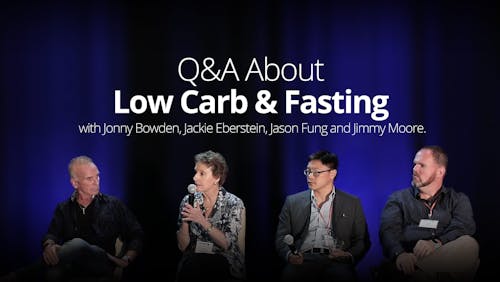Fasting protocol

“Megan, come into the living room now,” my mother-in-law screamed on New Year’s Day 2018. She was ecstatic because every morning talk show was predicting intermittent fasting would be the hottest dietary trend of 2018. They were right.
Everyone used to think Dr. Jason Fung and I were insane when we started fasting patients back in 2012. Fasting was so controversial that doctors would come into the clinic yelling at me for giving fasting advice to our mutual patients.
I didn’t know if I wanted to laugh or cry when my mother-in-law called me to her TV that morning. I was completely overwhelmed to see how far society has come with welcoming fasting as an acceptable and even healthy lifestyle choice in such a short period of time.




Last June I had the privilege of speaking at an event called “Diabetes Reversal” hosted by the British Medical Journal and reinsurer Swiss Re in Zürich, Switzerland. This historic event was attended by the best minds in medicine and the biggest names behind the creation of nutrition policy in the world.
I was terrified leading up to the event! Fasting is controversial enough amongst doctors in Toronto. What the heck kind of attacks were going to be thrown my way! I’m just this sweet, ultra stereotypical Canadian woman.
My husband was my rock that trip. He kept reminding me that no one in the world has clinically fasted more patients than Jason and I have. I would be able to use my experience helping thousands of patients reverse their type 2 diabetes and lose weight for good with the help of fasting – not to mention the many other benefits our patients have experienced while fasting.
I remember closing my eyes and taking three deep breaths before walking into the conference room, bracing myself for four days of anti-fasting assault from some of the most important people in the world.
As each day of the conference passed by, more and more of these world-renowned experts talked more and more about the benefits of time-restricted eating and fasting. Every day I witnessed them being bolder in their defence of intermittent fasting. It was incredible!
It was my job to present on the third day of the conference. As the presenter was introducing me to the group, he asked the crowd, “How many of you practice some sort of fasting on a routine basis?”
Everyone but two individuals put up their hands.
I almost fell out of my chair by the overwhelming support, but that would have meant crashing into my hero, Gary Taubes, who was sitting next to me. I took another deep breath and I jumped into my talk about fasting and diabetes reversal.
Gary remained unharmed during my presentation.




In recent years, many people across the world have drastically reduced their sugar intake. Many have begun following a low-carb or ketogenic diet to help reverse their type 2 diabetes and lose weight. These people have seen incredible improvements, but many still haven’t been able to reach their weight loss goals or completely reverse their type 2 diabetes. This is when they come to the IDM Program.
The IDM Program believes that both what you eat and when you eat are critical to achieve optimal health. Most of our clients come into the program having followed a very-low-carb or ketogenic diet for quite some time, but they’re still struggling. In almost every instance, this plateau is because the client is just eating too often.
We believe that elevated insulin levels and insulin resistance are the root causes of obesity and diabetes. Restricting foods that cause your insulin levels to surge is important for preventing weight gain and reducing the amount of damage occurring within the body. But if we have insulin resistance, our insulin resistance itself drives our insulin levels back up regardless!
Therefore, people who follow low-carb and ketogenic diets often plateau and don’t hit their goals with nutrition changes alone. Yes, we need to stop adding extra insulin to the body, especially when we already have extremely high levels, but we need to break the cycle of insulin resistance.
Fasting is a great tool we can use to keep our insulin levels low for a sustained period, which will result in breaking that cycle. Within a matter of days after a person implements some sort of time-restricted eating protocol into their routine, they start to see their blood sugar levels improve and the number on the scale go down.
Nowadays people are starting to become more and more aware about the importance of meal timing. I’ve noticed most of the people who interview me in recent weeks are starting to ask me for “get started” protocols for people who are new to fasting. Below is my advice on the best strategies to get yourself into doing therapeutic intermittent fasting.
The five-step fasting protocol




1. Start eating real food and healthy fats with each meal
Your diet doesn’t have to radically change over night. It takes time for people to make significant changes to their diet in the long term. Start by reducing your intake of refined and processed sugar. Try to stick with real, whole foods and increase your intake of healthy fats at each meal. Examples of healthy fats are avocados, olive oil, butter, ghee, coconut oil, eggs, nuts, and good quality animal fats.




2. Stop snacking!
I can’t say this enough – don’t eat between your meals! Just stick to your three main meals of the day: breakfast, lunch and dinner. If you’re hungry between meals, think about why. Maybe you’re just thirsty. Often, we mistake thirst for hunger.
Perhaps your workday is just stressful and it’s not that you’re hungry, but the stress is driving you to feel hungry. Or maybe you actually are hungry. If that’s the case, then increase your intake of healthy fats at your meals.




3. Skip one meal a day
Try skipping breakfast or dinner and see how you feel. Pick whichever meal you feel is the most difficult to consume because of your schedule and your appetite.
When I first started fasting, I chose to skip breakfast. I wasn’t hungry in the mornings, and I was always in a rush to get out the door. I had more time to prepare and enjoy a healthy dinner in the evenings.




4. Implement the “one-hour” rule
If you’re someone who eats dinner, then try to eat your dinner an hour earlier than you previously have. Now, I understand we can’t all do this. If you must eat breakfast later, try having a very light meal that is very low in carbohydrates. Save the bulk of your meal and carbs for lunch.
If you prefer to eat breakfast, then try to wait an hour later to eat your breakfast in the morning. I do eat breakfast on the weekends, but I make sure I’m up and moving first. I let the dogs out and give them their breakfast. I will do a light workout, check my email, take a shower and get ready for the day all before I eat my breakfast. This way I’m up and moving for a few hours before I eat.




5. Skip two consecutive meals two-three times per week
Once the above steps feel easy, then it’s time to take it up a notch! Try skipping two consecutive meals per day on alternate days of the week. We also call this a 24-hour fast.
I always tell patients to pick the days of the week where it is difficult to find time to eat. Personally, I always fast during my clinic days because it’s just too inconvenient to find time to eat and really enjoy my meal and feel satiated.
A lot of fasting is mind over matter. If you’re busy, then it’s easy to fast. You’ll also experience a greater sense of satiation of you take your time to properly chew and enjoy your meal. I always recommend to patients that they be strategic with their fasting schedule. If you don’t have activities, plan some. If you have a busy day and don’t have time to eat, fast. Schedule in your meals when you have time to sit down and enjoy.
Also published on idmprogram.com.
Intermittent fasting
Weight loss
Keto
Intermittent fasting
Note
The post above has also been published on idmprogram.com.

